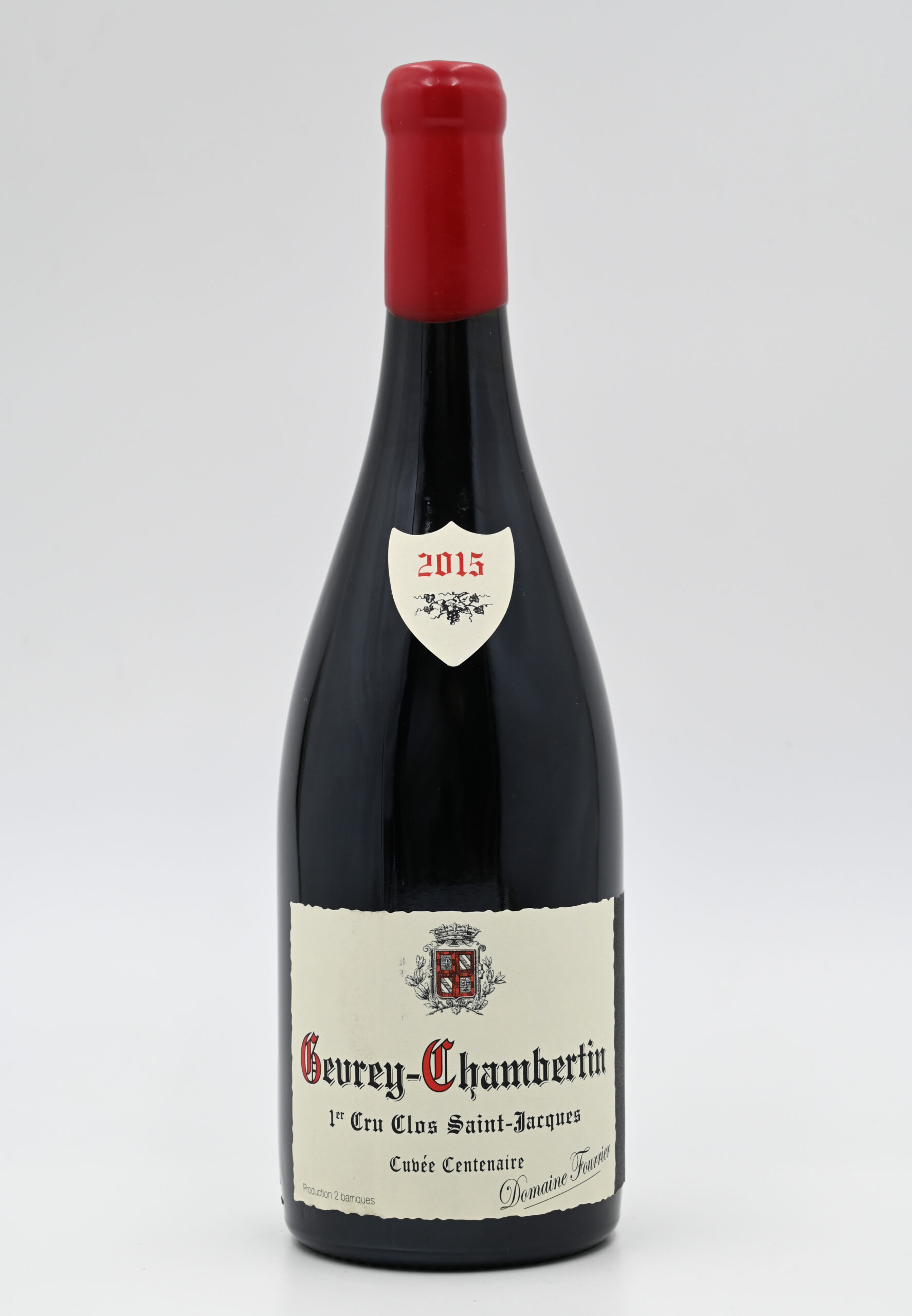Sometimes you will see the words "Vieilles Vignes" in French or "Old Vines" in English on wine labels. These labels are generally used to indicate that the wine is made from old vines. These labels are used because it is generally believed that older vines produce higher quality wines.
Age and Quality
Vines can live and produce fruit for over 200 years in some growing environments, but because fruit yields decrease dramatically as the vines age, for economic reasons, commercial vineyards producing wine with a retail price in Japan of less than 2,000 yen usually pull their vines after about 20 years of age and replace them with new vines. The same grape varieties planted in the same vineyard are often used in the same vineyard. The difference between red wine from 10-year-old vines and 50-year-old vines of the same grape variety planted in the same vineyard is clear: the older vines are darker in color and more concentrated in flavor.
It is often said that older vines produce higher quality wines because their roots are not well developed and they are not able to absorb enough minerals and trace elements from the subsoil, or because they tend to direct their energy to growing leaves and branches and do not accumulate enough nutrients in the fruit. However, researchers now disagree with this reasoning. Recent research has shown that the vigor of older vines is also weakened at the rootstock, and that the problem of vine stubility is due to poor viticultural practices.
Dr. Richard Smart, the man who revolutionized wine grape growing, stated that "Older vines have been thought to produce higher quality wines because they are less vigorous and therefore less prone to overgrowth, allowing the fruit to receive ample sunlight," and that "the balance of branches and leaves and fruit must be properly controlled to ensure that the fruit receives sufficient sunlight. If the balance between the leaves and fruit is properly controlled and regulated to allow for sufficient sunlight, it is possible to produce high quality wines from young vines.
Two different opinions
The concept that "older vines produce higher quality wines" is also reflected in France's 1935 Act on Appellation d'Origine Contrôlée (AOC). In order to claim the legal designation of origin, wines from vines less than three years old generally cannot be used, and must be sold as "Vin de Terre," the lowest class of wine. In addition, most Bordeaux chateaux do not blend wines from vines that are less than the producer's voluntary standard, even if the vines are four years old or older, and sell them as second wines. This is not widely practiced in Burgundy, but the best producers still set their own standards. Domaine de Larlot is the sole owner of the Clos des Forets-Saint-Georges, a first-class vineyard in Nuits-Saint-Georges with a mix of old and young vines. Since 1993, this quality-conscious company has classified the vineyard's grapes into three categories: "Nuits-Saint-Georges" for the younger vines, "Nuits-Saint-Georges Premier Cru" for wines up to 15 years old, and "Nuits-Saint-Georges The older vines were shipped as "Nuits-Saint-Georges Primier Cru Clos des Forets-Saint-Georges".
On the other hand, there are winemakers who claim that it is possible to produce high quality wines from low vines, such as 3-4 years old vines. Their argument is that "vines can produce high quality grapes at two stages, low and high vine age, with quality declining at the in-between stages. One of the reasons that older vines produce higher quality grapes is that they are less vigorous and produce lower yields, and this applies to 3-4 year old vines that are bearing fruit for the first time. To justify their claims, they often cite the incident known as the "Paris Tasting," in which nine French experts chose a then-unknown California wine as the top wine over the best French wine in a blind tasting held in 1976. The incident took place in 1976. The red wine that took first place over Chateau Mouton Rothschild 1970 and Chateau Haut-Brion 1970 was Stag's Leap Wine Cellars Cabernet Sauvignon, but the vines that produced the wine were only three years old.
Among the wines from older vines in this auction was Domaine Fourier's Jouvre-Chambertin Clos Saint-Jacques Cuvee St. Nair 2015, which is the first wine from the 2010 vintage to be made from older vines. This is a rare example, bottled only in good years since the 2010 vintage, and vinified from a plot of Pinot Noir planted in 1910. Only two barrels (less than 580 bottles) are produced per year, and it is not on general release in Japan.


